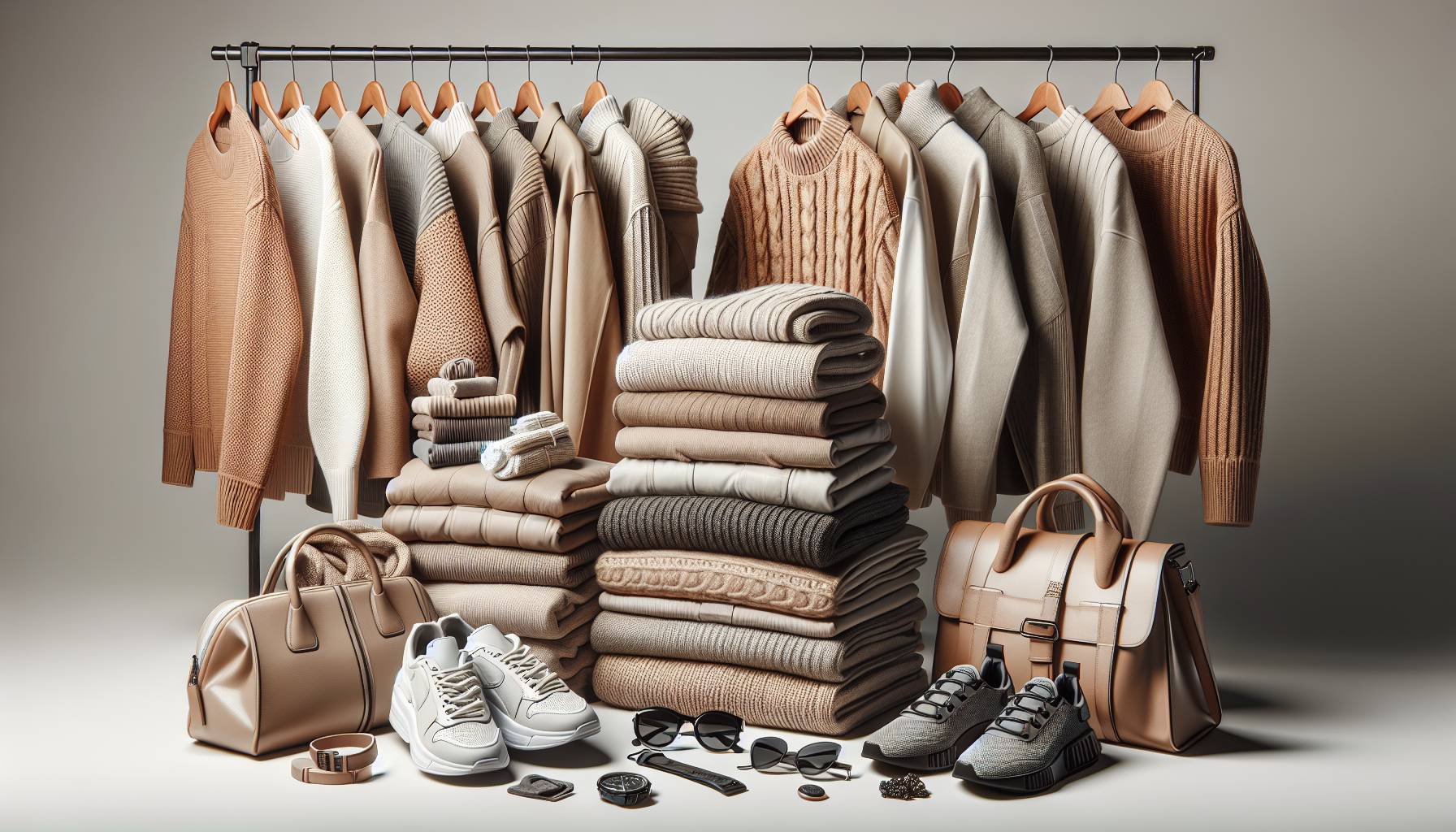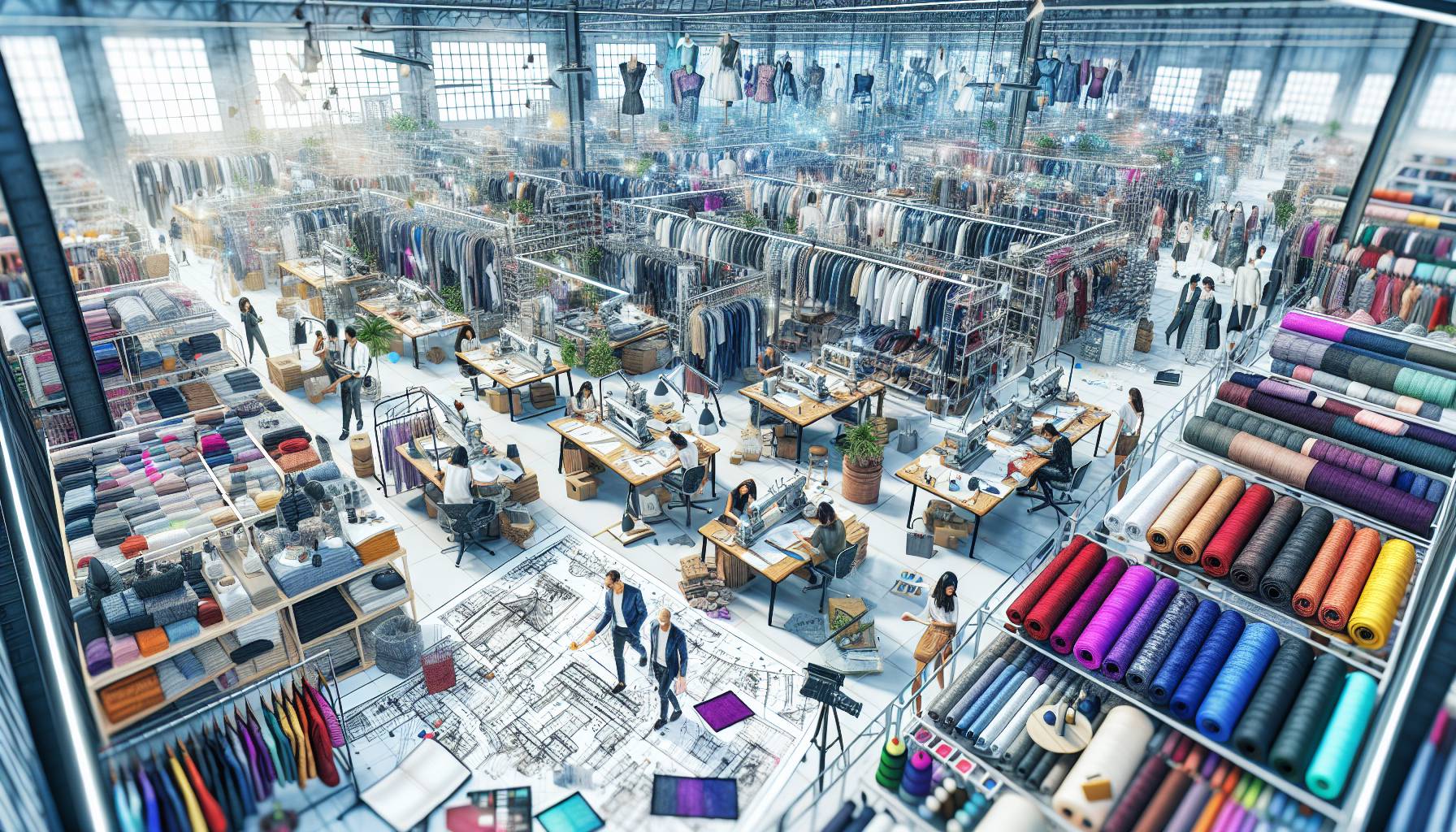Behind the scenes of the design process
In the bustling studios of the University of Hawaii at Manoa, students in the Fashion Design and Merchandising Program are immersed in a whirlwind of creativity and craftsmanship. With the annual fashion show just around the corner, the atmosphere is electric as aspiring designers cut, stitch, and drape their final garments. Each student is responsible for conceptualising and executing their own mini-collection, a process that begins months in advance with mood boards, fabric swatches, and countless sketches.
Many of the students draw inspiration from Hawaii’s rich cultural heritage, incorporating native motifs, sustainable materials, and tropical colour palettes into their designs. The design process is rigorous, involving multiple rounds of critique from faculty and peers. Students must balance artistic vision with technical precision, ensuring that their garments are not only visually striking but also wearable and well-constructed.
“It’s a lot of late nights and early mornings,” one student shared, “but seeing your ideas come to life on the runway makes it all worth it.”
Collaboration is a key part of the process. Students often work closely with local textile suppliers, models, and even music producers to ensure every element of their presentation aligns with their creative vision. The program also emphasises sustainability, encouraging the use of upcycled fabrics and eco-friendly production methods—a value that resonates strongly with many Australian fashion enthusiasts.
As the final fittings and adjustments take place, the energy in the studio is a mix of nerves and excitement. Each stitch and seam represents hours of dedication, and the students are determined to make a lasting impression when their designs finally hit the runway.
Highlights from this year’s collections
This year’s collections are a vibrant celebration of individuality, cultural storytelling, and forward-thinking fashion. From bold silhouettes to intricate hand-dyed fabrics, the students have pushed creative boundaries to deliver garments that are both visually captivating and deeply personal. One standout collection draws from traditional Hawaiian kapa cloth techniques, reimagined in contemporary streetwear silhouettes. The designer used natural dyes sourced from local plants, creating a palette of earthy reds, deep indigos, and sun-washed neutrals that echo the island’s natural beauty.
Another collection that has garnered attention features gender-fluid tailoring, with oversized blazers, asymmetrical hems, and layered textures. The designer behind this line was inspired by the fluidity of ocean currents and the concept of identity as ever-changing. The garments are constructed from deadstock fabrics, aligning with the program’s emphasis on sustainability—a theme that resonates with eco-conscious fashion followers in Australia.
“I wanted to create pieces that challenge traditional norms but still feel wearable and empowering,” the designer explained during a preview session. “It’s about giving people the freedom to express themselves without limitations.”
Textile innovation is also a key highlight this year. One student experimented with biodegradable plastics to create sculptural accessories that complement her minimalist resortwear line. Another incorporated 3D-printed elements into evening gowns, blending technology with traditional craftsmanship. These forward-thinking approaches reflect a growing trend in the global fashion industry, where sustainability and innovation go hand in hand.
Several collections pay homage to Pacific Islander heritage, with motifs inspired by traditional tattoos, oceanic navigation, and ancestral storytelling. These designs are not only aesthetically rich but also serve as a platform for cultural preservation and education. For Australian audiences familiar with the importance of Indigenous narratives, these collections offer a meaningful connection through fashion.
- A collection inspired by volcanic landscapes, featuring layered textures and fiery colour gradients.
- Swimwear made from recycled fishing nets, designed with both performance and style in mind.
- A bridal capsule that fuses Western silhouettes with Polynesian embroidery techniques.
Each collection tells a unique story, reflecting the diverse backgrounds and perspectives of the student designers. With such a wide range of themes and techniques on display, this year’s fashion show promises to be a dynamic showcase of emerging talent and creative innovation.
Anticipation builds for the annual runway show
With the final garments pressed and ready, anticipation is reaching fever pitch as the University of Hawaii at Manoa prepares to unveil its annual student fashion show. The event, a cornerstone of the Fashion Design and Merchandising Program, is more than just a runway—it’s a culmination of months of dedication, experimentation, and artistic growth. Students, faculty, and industry insiders alike are counting down the days, eager to see how the collections will come to life under the spotlight.
Backstage, the buzz is palpable. Models rehearse their walks, stylists fine-tune hair and makeup looks, and designers make last-minute tweaks to ensure every detail is perfect. The show’s production team, composed largely of students, has been working tirelessly to coordinate lighting, music, and stage design. This year’s theme, which remains under wraps until showtime, is said to be a bold departure from previous years, promising a fresh and immersive experience for attendees.
Tickets for the event sold out within days, with a mix of local supporters, alumni, and fashion enthusiasts from across the Pacific eager to witness the next generation of designers take centre stage. For many of the students, this marks their first opportunity to present their work in a professional setting, and the pressure to impress is high. Yet, there’s also a strong sense of camaraderie and mutual support among the cohort, with students cheering each other on as they prepare to debut their collections.
“It’s nerve-wracking, but also incredibly exciting,” one designer admitted. “We’ve all put so much of ourselves into these pieces. To finally share them with an audience is a dream come true.”
Industry professionals from Hawaii and beyond, including buyers, stylists, and media representatives, are expected to attend, offering students a valuable platform to network and potentially launch their careers. The show also attracts attention from international observers, including those in Australia’s fashion circles, who are increasingly looking to the Pacific for fresh perspectives and sustainable design practices.
As the lights dim and the music begins, the runway transforms into a stage for storytelling, innovation, and cultural expression. For the students of the University of Hawaii at Manoa, this moment is not just the end of a semester—it’s the beginning of their journey into the world of fashion.
Final preparations for the runway
Backstage at the University of Hawaii at Manoa, the energy is electric as student designers from the Fashion Design and Merchandising Program make their final adjustments before the runway lights up. With just days to go, the studio is a flurry of fabric, fittings, and finishing touches. Each garment is being meticulously steamed, stitched, and styled to perfection, reflecting months of dedication and creative exploration.
Models are stepping into their looks for last-minute rehearsals, while designers pin, hem, and tweak silhouettes to ensure every piece moves flawlessly on the catwalk. From hand-dyed silks to upcycled denim, the diversity of materials speaks to the students’ commitment to sustainability and innovation—values that resonate strongly with the Australian fashion scene.
“It’s not just about the clothes—it’s about the story we’re telling,” one senior designer shared, as she adjusted the drape of a sculptural evening gown. The show’s theme, which remains under wraps until opening night, has inspired collections that blend cultural heritage with contemporary edge, a fusion that’s increasingly defining global fashion narratives.
Lighting technicians, stylists, and production teams are working in sync to bring the vision to life. The choreography of the show is being fine-tuned, with each model’s walk timed to the beat of a curated soundtrack that promises to elevate the mood and message of each collection.
As the countdown continues, the anticipation is palpable. These final days are a test of resilience and artistry, and for many of these emerging designers, it’s their first step into the professional fashion world—a moment that could shape their careers and influence trends far beyond the Pacific.
Spotlight on student designers
Among the standout talents this year is Kiana Leong, whose collection draws from her Native Hawaiian roots, weaving traditional kapa motifs into modern silhouettes. Her use of hand-printed fabrics and natural dyes has caught the attention of local fashion editors, and her structured yet fluid pieces echo the kind of cultural storytelling that’s gaining traction in Australia’s own Indigenous design circles.
Another designer making waves is Marcus Tanaka, whose gender-fluid streetwear line challenges conventional tailoring with oversized cuts, asymmetrical hems, and bold graphics. His work is a nod to the surf and skate culture of Oahu, but with a refined edge that wouldn’t look out of place on the streets of Melbourne or Sydney. His collection is entirely made from deadstock materials, aligning with the growing demand for ethical fashion among Australian consumers.
“I wanted to create something that felt authentic to who I am, but also pushed boundaries,” Tanaka explained during a fitting session. His pieces are styled with chunky sneakers and layered accessories, offering a youthful, rebellious energy that speaks to Gen Z’s fashion appetite.
Meanwhile, senior designer Alana Reyes is turning heads with her eveningwear capsule inspired by the volcanic landscapes of the Big Island. Think molten metallics, lava-like textures, and dramatic silhouettes that shimmer under the runway lights. Her craftsmanship is impeccable, with hand-beaded bodices and sculpted skirts that move like liquid. It’s the kind of red carpet-ready glamour that would resonate with Australia’s fashion-forward elite.
- Kiana Leong – Cultural fusion with kapa-inspired prints and sustainable textiles
- Marcus Tanaka – Gender-fluid streetwear with a sustainable edge
- Alana Reyes – Luxe eveningwear channeling volcanic drama and high-glamour
These emerging designers are not only showcasing technical skill but also a deep understanding of fashion as a medium for identity, activism, and innovation. Their collections reflect a global consciousness that aligns with the values of the Australian fashion market—where sustainability, inclusivity, and storytelling are more than trends; they’re expectations.

